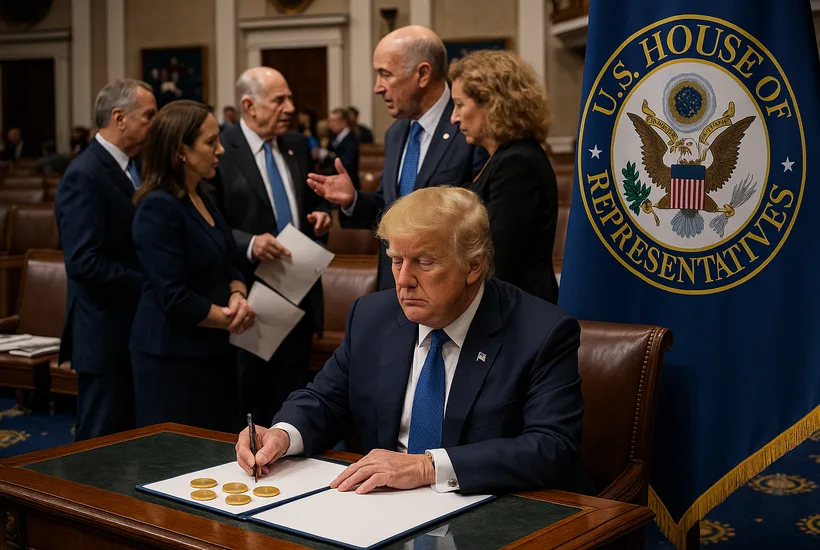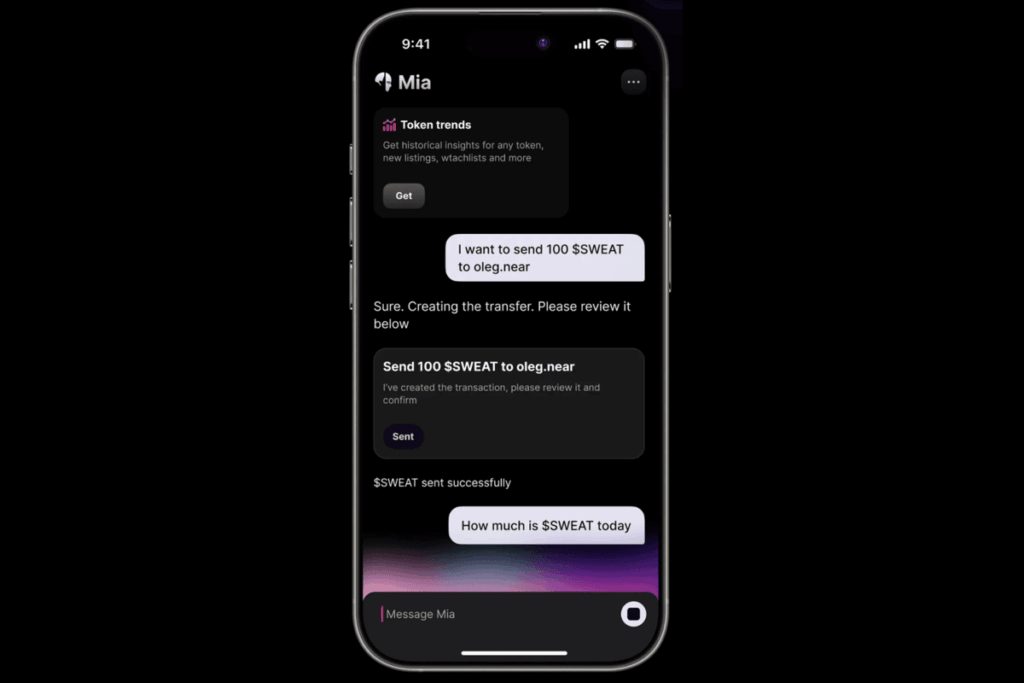- The three crypto bills were passed by the House of Representatives on July 18
- US President Donald Trump is likely to sign the GENIUS Act into law on Friday, July 19
- The CLARITY Act and the Anti-CBDC Act await more clearances before heading to the Oval Office
The ongoing “crypto week” in the U.S. took an eventful turn on July 17 after three big crypto bills finally got a greenlight from the House of Representatives. The GENIUS Act — focused on regulating stablecoins — passed with a vote of 308-122. Meanwhile, the CLARITY Act and the Anti-CBDC Surveillance Act passed with 294-134 and 219-210 votes respectively.
U.S. President Donald Trump is likely to sign the GENIUS Act into law on Friday, July 18. Earlier this week, Trump had urged the regulators to support this stablecloin legislation which he said, could position the US as the leader in the global digital assets sector.
Speaking to CoinHeadlines, Currency.com CEO Konstantin Anissimov said that the advancement of a federal stablecoin framework, backed by bipartisan momentum and presidential support, signals a clear shift. Currency.com is a crypto exchange founded in 2019 and based in London, UK.
Newsletter
Get weekly updates on the newest crypto stories, case studies and tips right in your mailbox.
“Digital assets are no longer fringe, they’re foundational. Regulation, when done right, unlocks innovation and trust. Stablecoins, in particular, are already playing a vital role in global finance. They offer speed, transparency and accessibility that traditional systems struggle to match,” Anissimov said.
Senator Bill Hagerty, the sponsor of the GENIUS Act, reacted to the development saying that this law will mark the first step in making the U.S. the crypto capital of the world.
“This historic legislation will bring our payment system into the 21st century. It will ensure the dominance of the U.S. dollar. It will increase demand for U.S. Treasuries,” Hagerty posted on X.
Once President Trump signs the Act into a law, only regulated and compliant financials institutes will be able to apply for permissions to launch stablecoins in the U.S. to ensure safety of the holders as well as the issuers while keeping the national financial stability intact.
The official explanation of the GENIUS Act says that, “Permitted issuers must maintain reserves backing the stablecoin on a one-to-one basis using U.S. currency or other similarly liquid assets.” In addition, the permitted issuers will need to publicly disclose their redemption policy and also publish the details on their reserves on a monthly basis.
Meanwhile, the CLARITY Act — that is intended to shape up the crypto market structure in the U.S. will next head to the Senate committee floor before reaching President Trump’s desk. Here, the regulators will finalise the market structure for the crypto sector before presenting it to Trump.
Similarly, the Anti-CBDC Act awaits a Senate review before advancing to the Oval Office to be signed into a law. This legislation could close the chapter of US ever creating a digital version of the US dollar (Central Bank Digital Currency).
As per Anissimov, however, these regulatory developments around crypto in the U.S. may bring a tensed shift to the central banks’ sentiment towards digital assets.
“Central banks face a dilemma, whether to embrace the innovation of stablecoins, or risk losing monetary influence. The rise of dollar-backed tokens is accelerating dollarisation in digital form, and without coordinated responses, other currencies may find themselves sidelined,” the Currency.com chief told CoinHeadlines.
In his opinion, the challenge for policymakers internationally is to move beyond caution and toward collaboration.
“Whether through public-private partnerships, tokenised deposits, or well-regulated stablecoins, the future of money is being written now. It must be inclusive, secure, and globally interoperable,” Anissimov noted.










